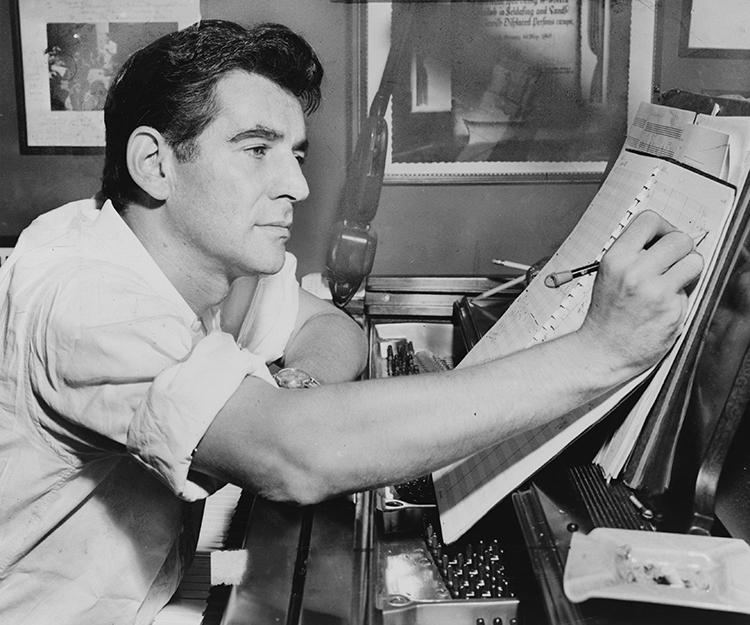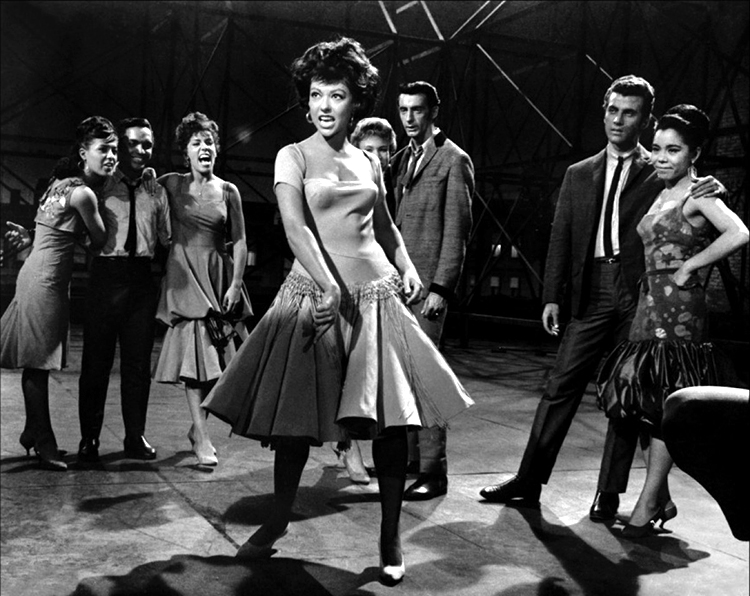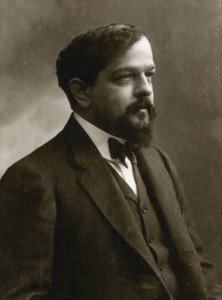Leonard Bernstein 100
Friday, August 24th, 2018August 24, 2018
Tomorrow, August 25, is the 100th anniversary of the birth of legendary American conductor, composer, and pianist Leonard Bernstein in 1918. Bernstein ranks among the most famous figures in American music of the 1900′s. Bernstein served as musical director of the New York Philharmonic Orchestra from 1958 to 1969, the first American to hold that position. During this period, the orchestra’s prestige increased greatly. Bernstein often performed as solo pianist with the orchestra while conducting at the same time. He was a strong supporter of modern American composers and often programmed their music with the orchestra. Bernstein died at age 72 on Oct. 14, 1990.
Bernstein was born in Lawrence, Massachusetts, on Aug. 25, 1918, and graduated from Harvard in 1939. He studied with the famous conductors Serge Koussevitzky and Fritz Reiner and, in 1943 and 1944, served as assistant conductor of the New York Philharmonic. Bernstein became famous in August 1943 when, on short notice, he conducted a Philharmonic concert that was broadcast nationally.
Bernstein became best known for his musicals, including On the Town (1944), Wonderful Town (1953), Candide (1956, revised 1973), and West Side Story (1957). He also wrote the important concert compositions Symphony No. 1, Jeremiah (1944); Symphony No. 2, The Age of Anxiety (1949); and Symphony No. 3, Kaddish (1963). He wrote the music for the ballets Fancy Free (1944), Facsimile (1946), and Dybbuk (1974) as well as the Serenade for violin, strings, harp, and percussion (1954). Bernstein composed two operas, the short Trouble in Tahiti (1952) and its sequel, the full-length A Quiet Place (1983); and the music for the film On the Waterfront (1954).
Among Bernstein’s concert works for voice are Mass, composed for the opening of the John F. Kennedy Center for the Performing Arts in Washington, D.C., in 1971; Chichester Psalms (1965), for chorus and orchestra; and Songfest (1977), for six vocal soloists and orchestra.





